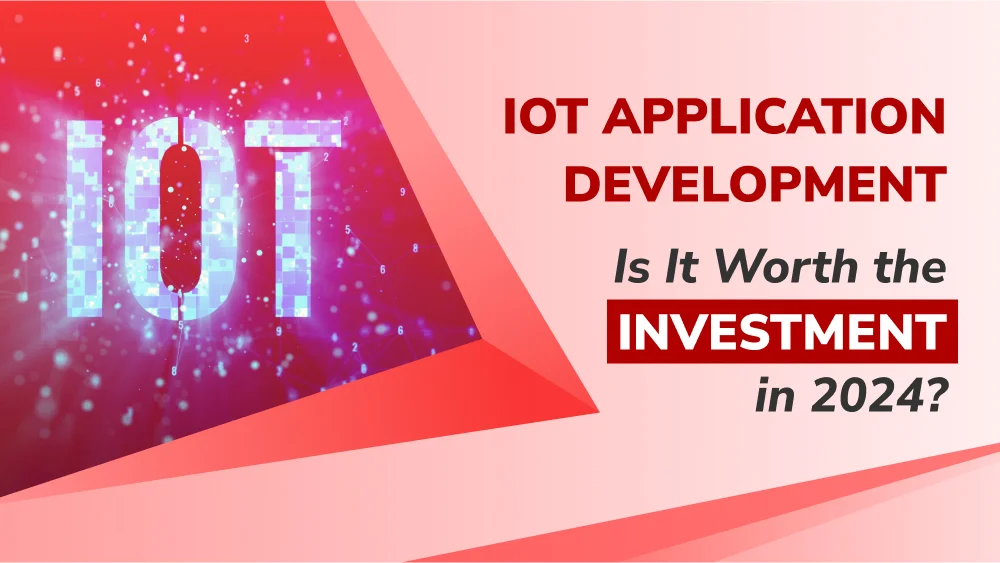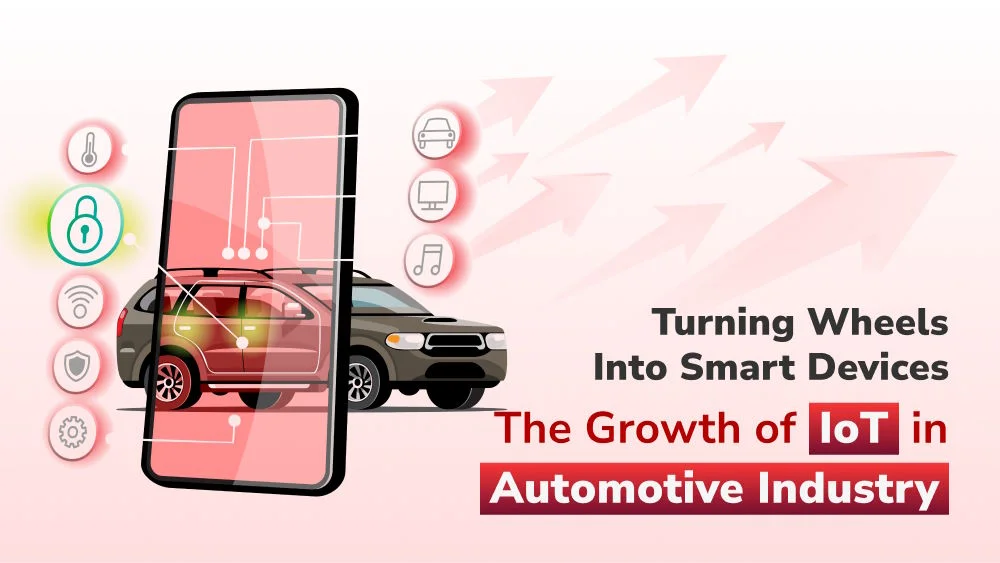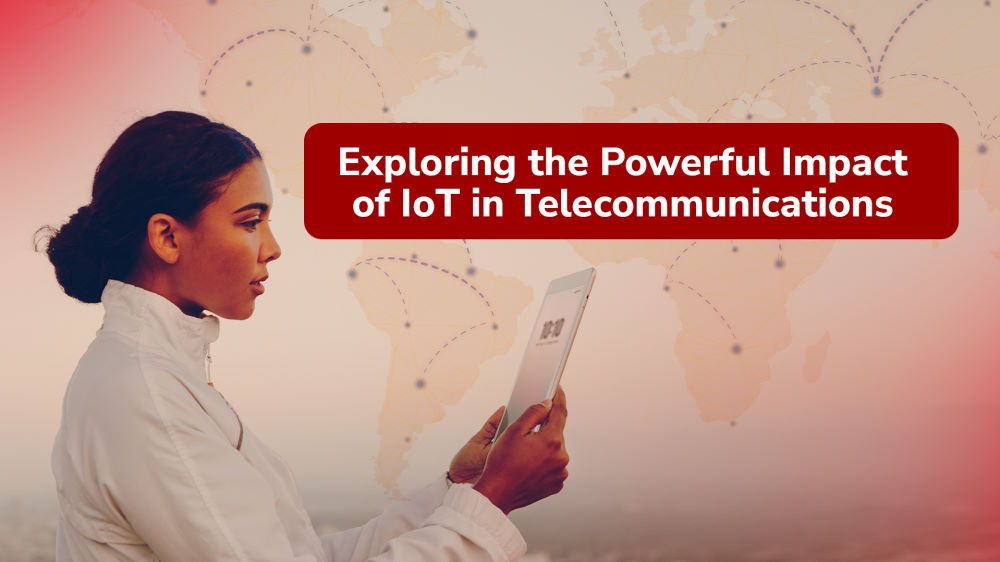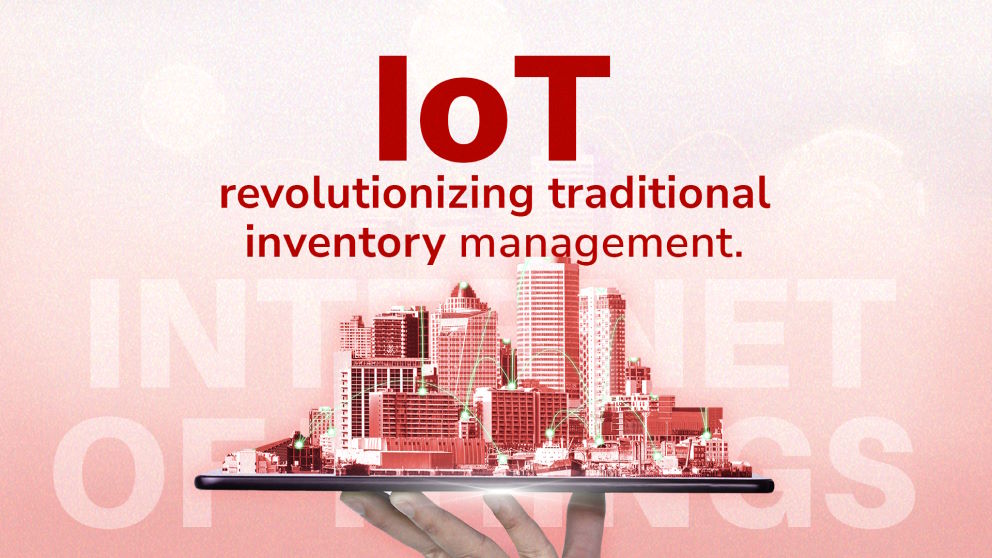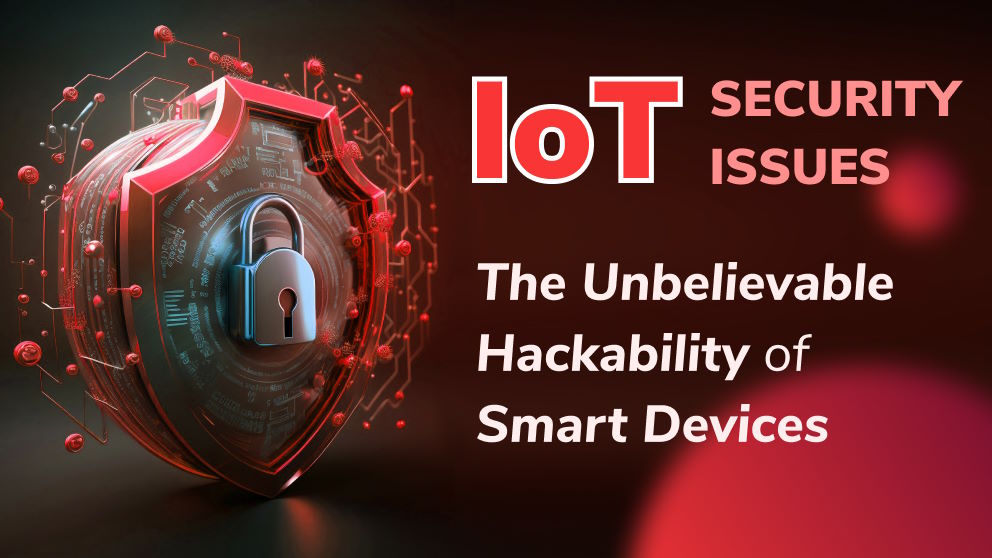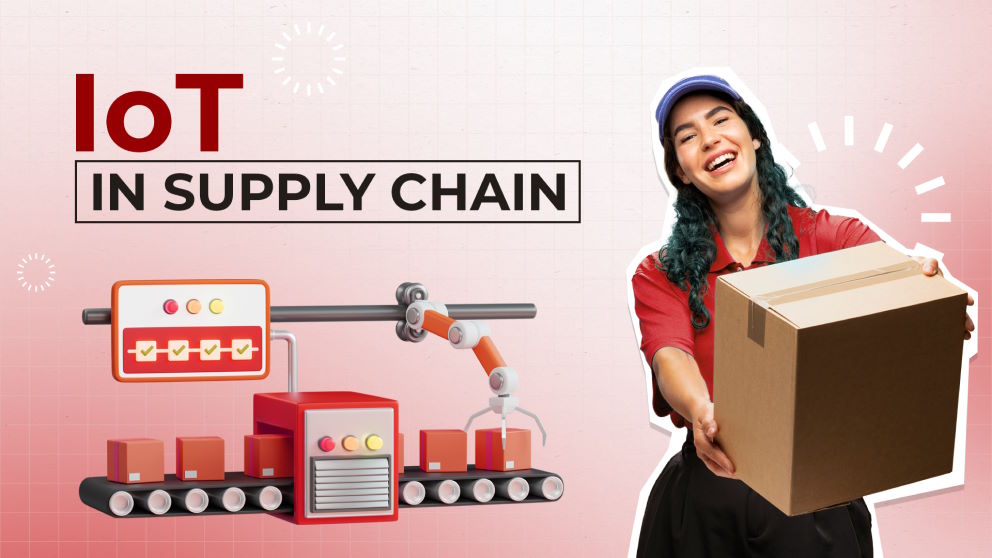IoT Architecture 101: Everything You Need to Know but Were Afraid to Ask
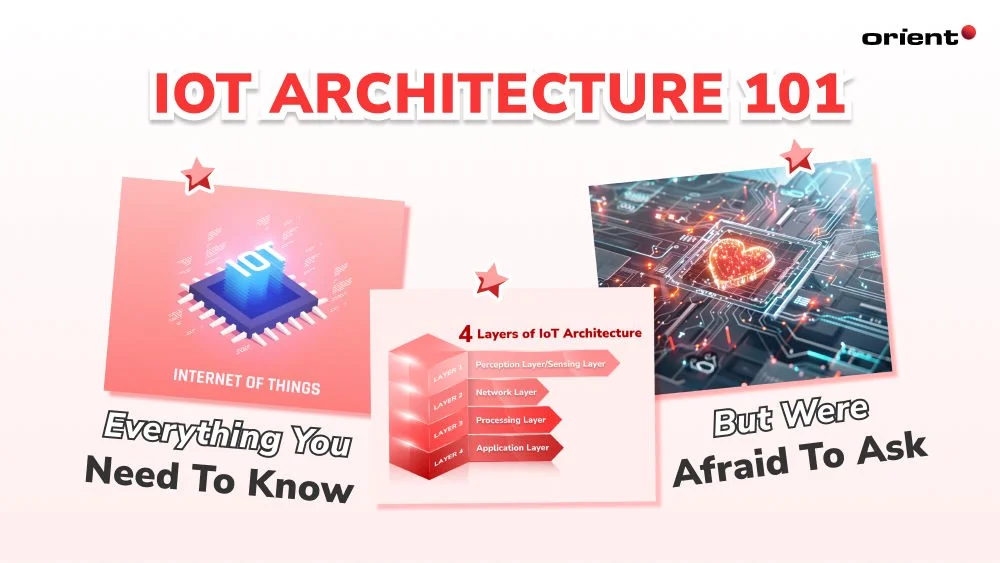
Content Map
More chaptersWhen it comes to the Internet of Things (IoT), it’s easy to get caught up with popular terms like edge computing, streaming analytics and distributed ledgers. But how do all the moving IoT architecture parts fit together? As technologies evolve rapidly, even experienced engineers can feel lost separating realities from hype in the architecture fog.
Knowing foundational design patterns is crucial to deploying solid, scalable IoT solutions, but resources often explain concepts individually rather than showing the big picture. Statistics show over 70% of IoT projects fail due to connectivity or interoperability issues that better architecture could mitigate.
In this article, we aim to spotlight IoT architectures to pierce through complex clouds once and for all. We’ll give you a guided tour of common architectures in practice today, from edge to enterprise. You’ll gain clear insight into how critical components interconnect across layers, along with examples of well-executed IoT architectural blueprints. Our goal? Shine a light on IoT that’s informative, not intimidating. Let’s embark on an architectural adventure!
Key Takeaways
- IoT architecture functions through a layered approach, with each layer playing a specific role in the flow of data. From sensors collecting data (perception layer) to applications using that data (application layer), understanding how these layers interact is essential for grasping the bigger picture of IoT systems.
- Effective data management is critical for any successful IoT deployment. This involves collecting, storing, processing, and analyzing the vast amount of data generated by sensors. By harnessing the power of data analytics, you can unlock valuable insights that optimize your system and drive real-world results.
Understanding IoT Basics
Before we delve into the intricate world of IoT architecture, let’s establish a solid foundation. The Internet of Things (IoT) essentially refers to the network of physical devices embedded with sensors, software, and other technologies that enable them to collect and exchange data. Imagine your city – traffic lights, cars, buildings, all interconnected to gather information and optimize operations. That’s the core idea behind IoT, only on a much wider, global scale.
Now, let’s zoom in on the key components that bring an IoT system to life:
IoT Devices
These are the physical objects that form the backbone of the network. They can range from tiny wearables like fitness trackers to complex industrial equipment. Each device is equipped with sensors that gather data about its environment (temperature, pressure, motion, etc.). Some devices, like smart thermostats, can also have actuators that allow them to physically interact with their surroundings based on collected data.
Sensors and Actuators
Sensors are the eyes and ears of an IoT device, constantly gathering information about the surrounding environment. This data can be anything from temperature and light levels to movement and machine vibrations. Actuators, on the other hand, are the hands and feet of the device. They receive instructions based on the data collected by sensors and take physical actions in the real world. For instance, a smart thermostat equipped with a temperature sensor and actuator can adjust the room temperature based on the data it receives.
Connectivity Protocols
Just like people need a common language to communicate, IoT-connected devices rely on specific protocols to exchange data with each other and with other systems. These protocols define the rules and format for data transmission. Common examples include Wi-Fi, Bluetooth, and cellular networks for short-range communication, as well as LPWAN (Low-Power Wide-Area Network) technologies like Sigfox and LoRaWAN for long-range communication with low-power devices. Choosing the right protocol depends on factors like the type of data being transmitted, the range of communication, and the power consumption of the devices.
4 Layers of IoT Architecture
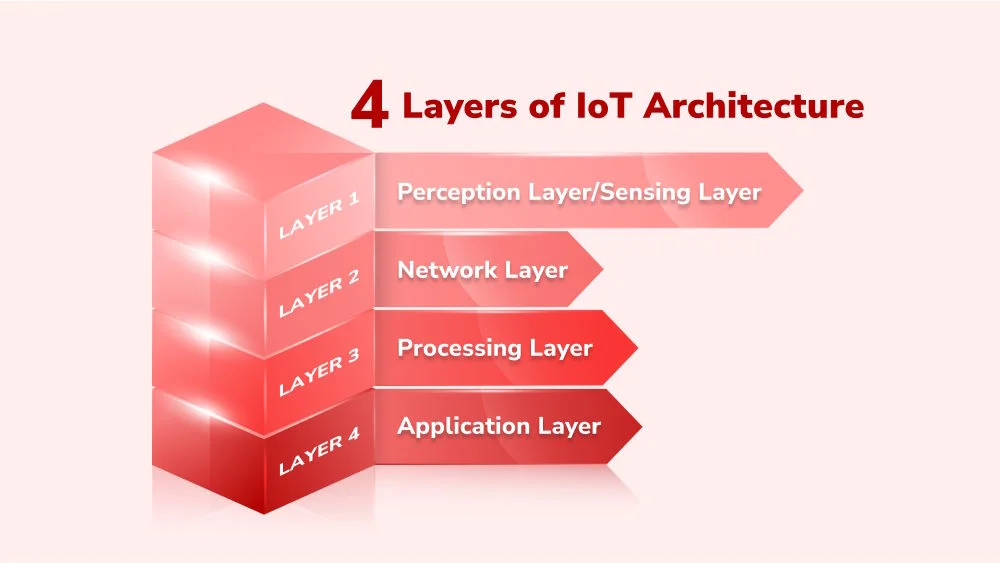
Now that we have a firm grasp of the basic building blocks of IoT let’s delve into the architectural layers that make it all work seamlessly. Here, we’ll explore the four fundamental layers that orchestrate the flow of data within an IoT system:
Perception Layer/Sensing Layer
The perception layer, also known as the sensing layer, forms the very foundation of the IoT architecture. Here’s where the magic happens – physical devices equipped with sensors come into play. These sensors act as the eyes and ears of the system, constantly collecting raw data about the surrounding environment. This data can encompass a wide spectrum, from temperature and pressure readings to vibration levels and even light intensity. Some devices within this layer might also have actuators – the hands and feet of the system. Actuators receive instructions based on the data collected by sensors and translate them into physical actions. For example, a smart sprinkler system equipped with a moisture sensor (perception layer) and sprinkler valves (actuators) can automatically adjust watering based on real-time soil conditions.
The perception layer is also responsible for acquiring and pre-processing the raw data collected by the sensors. This might involve filtering out noise, converting the data into a standardized format, and potentially performing some basic calculations at the device level.
Network Layer
Once the data is collected and pre-processed, the network layer takes center stage. This layer, also known as the device layer, acts as the communication backbone of the system, facilitating the transmission of data between devices and other layers within the architecture. Here, various communication protocols come into play, defining the language and format for data exchange. Common choices include Wi-Fi and Bluetooth for short-range communication within a home or office, cellular networks for wider coverage, and LPWAN (Low-Power Wide-Area Network) technologies like Sigfox and LoRaWAN for long-range communication with low-power devices. The choice of protocol relies on factors like the volume and type of data, the required range of communication, and the power limitations of the devices.
The network layer also encompasses the physical infrastructure that enables data transmission. This can include routers, gateways, and cellular towers, all working together to ensure reliable and smooth connectivity between devices and other layers of the architecture.
Processing Layer
After traversing the network layer, the data collected from the perception layer reaches the processing layer. This layer, often referred to as the middleware layer, acts as the powerhouse of data processing and management. Here, the raw data is further processed, filtered, and potentially aggregated from multiple devices. The data processing layer might also perform tasks like data cleansing, anomaly detection, and real-time analysis. Additionally, this layer often handles the data storage in local databases or cloud platforms for further data analysis and visualization.
A crucial aspect of the processing layer is its ability to integrate data from various sources. This could involve combining data from different sensors within a single device or integrating data from multiple devices within a larger system. The processed and integrated data can then be used for advanced analytics, enabling the system to identify trends, make predictions, and generate actionable insights.
Application Layer
The application layer sits at the top of the IoT architecture, representing the interface between the system and the end user. Here, the processed and analyzed data from the previous layer is put to use in various applications. These applications can range from user-friendly mobile apps for controlling and monitoring smart home devices to complex industrial automation software that optimizes manufacturing processes based on real-time data insights.
The application layer often provides user interfaces like dashboards and mobile apps that allow users to interact with the system, visualize data, and trigger actions based on insights. Additionally, this layer can integrate with existing business intelligence platforms and analytics tools for further analysis and decision-making.
IoT Data Management: The Heart of the System
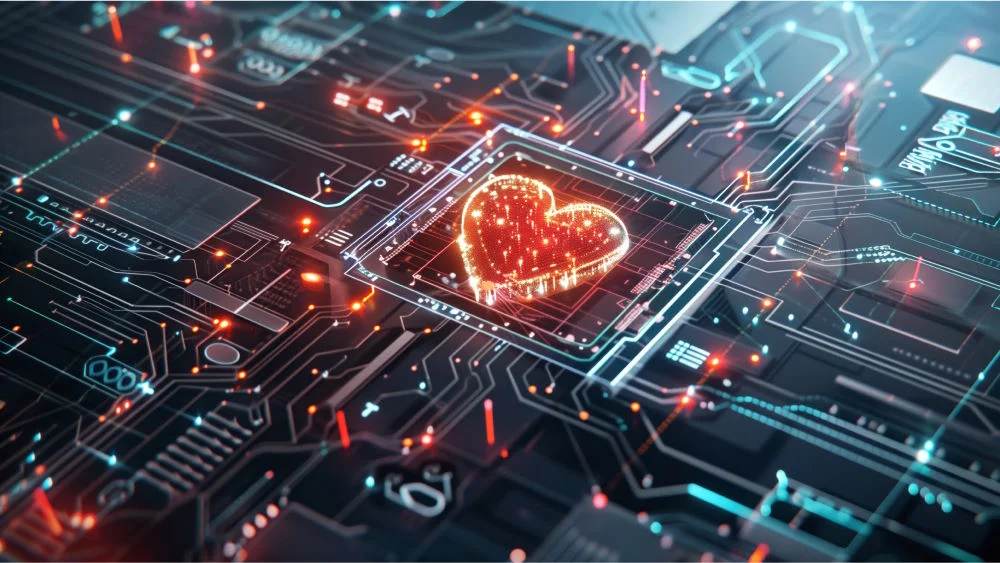
Data is the lifeblood of any IoT system. Without efficient data management, the vast amount of information collected from sensors would remain a meaningless cacophony. There are two crucial aspects of IoT data management: collection and storage, followed by processing and analysis, the engines that unlock the true potential of this data.
Data Collection and Storage
The journey of data flow in an IoT system starts with collection. Sensors embedded in devices gather a continuous stream of data, which can include anything from temperature readings to location coordinates. The method of data collection depends on the type of device and the communication protocol used. However, collecting data from numerous devices can be challenging. Factors like network bandwidth limitations, power constraints of battery-powered devices, and potential data loss during transmission need to be carefully considered.
As data pours in from various devices, efficient storage solutions become critical. The sheer volume of data stored by an IoT system can be immense, requiring scalable and cost-effective storage options. Common storage solutions include:
- Cloud Storage Platforms: Cloud platforms like Google Cloud Storage, Amazon S3, and Microsoft Azure offer highly scalable and reliable storage solutions for large-scale IoT data. They provide flexible pricing models and ensure data accessibility from anywhere.
- Edge Computing: In scenarios where real-time data analysis is crucial, or network connectivity is limited, edge computing offers an alternative. Here, data is processed and stored at the network’s edge, closer to the source of collection, before being forwarded to the cloud for further analysis.
- Fog Computing: Fog computing bridges the gap between cloud and edge computing. Data is processed and analyzed at intermediate devices like fog nodes, reducing the load on the cloud while enabling faster response times for real-time applications.
The choice of storage solution depends on factors like the volume and type of data, the need for real-time processing, and cost considerations.
Analytics and Processing Data
Raw data collected from sensors has little value on its own. The true power lies in processing this data, extracting meaningful insights, and identifying patterns. Data processing involves tasks like filtering out noise, transforming data into a standardized format, and aggregating data from multiple devices. Advanced analytics techniques can then be applied to uncover trends, predict future events, and optimize system performance. For instance, an IoT system monitoring industrial machinery can use data analytics to identify potential equipment failures and schedule preventive maintenance, minimizing downtime and saving costs.
A variety of techniques and tools are used to analyze and process data of IoT devices.
- Machine Learning and Artificial Intelligence: Machine learning algorithms can be trained on historical data to identify anomalies and patterns, enabling predictive maintenance and optimized resource allocation.
- Stream Processing: For real-time data analysis, stream processing techniques are employed to analyze data as it arrives, allowing for immediate reactions to events.
- Big Data Analytics Platforms: Platforms like Apache Spark and Hadoop are designed to handle large and complex datasets, enabling efficient processing and analysis of IoT data.
Demystifying the World of IoT Architecture
The world of IoT architecture might seem complex at first glance, but with a basic understanding of its core components and functionalities, you’ve taken a significant step toward navigating this exciting technological frontier. We’ve explored the fundamental layers that orchestrate data flow, the importance of effective data management, and the need to prioritize security and scalability in your architecture design.
Remember, a well-designed IoT architecture is the foundation for unlocking the true potential of your connected devices. It empowers you to gather valuable insights, automate processes, and optimize operations. As the Internet of Things continues to evolve and permeate every aspect of our lives, having a grasp of these core concepts will position you to leverage this powerful technology for success.
Ready to embark on your own IoT journey? Partner with Orient Software! Our team of experienced developers possesses the expertise to design, develop, and implement secure and scalable IoT architectures tailored to your specific needs. Together, we can turn your innovative IoT ideas into reality. Contact Orient Software today, and let’s unlock the potential of the interconnected world!

